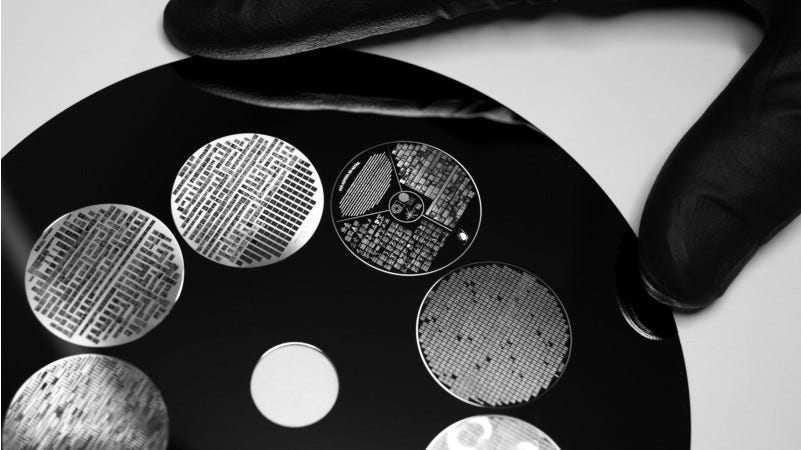Preserving Humanity’s Legacy on Griffin-1 Mission
NanoFiche documents Will Head to the Moon on Astrobotic’s Griffin-1
The next Astrobotic lander to travel to the Moon will carry a NanoFiche archive, known as GLPH (Galactic Library Preserve Humanity), to the lunar surface as part of Griffin Mission One (Griffin-1).
“Nano-inscribed as an easily decipherable, human readable format, GLPH represents a critical aspect of human civilization, carefully selected to ensure art, s…
Keep reading with a 7-day free trial
Subscribe to The Journal of Space Commerce to keep reading this post and get 7 days of free access to the full post archives.



